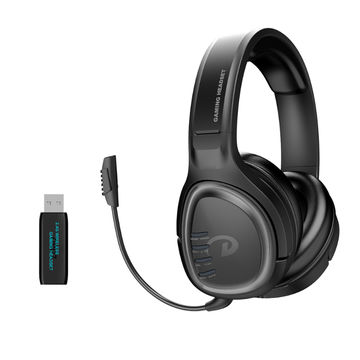

Headsets are available in single-earpiece and double-earpiece designs. Stereo computer headsets, on the other hand, use 32-ohm speakers with a broader frequency range. Telephone headsets generally use 150-ohm loudspeakers with a narrower frequency range than those also used for entertainment.

For example, you could open a YouTube video and make sure the sound in the video can be heard. The headphones can be tested by opening anything that plays sound. If you are not sure the headphones or microphone are working, you can test each part of the headset by following the steps below. Click your headset in the list of devices to begin connecting.Make sure your Bluetooth headset is powered on and in pairing mode.In the Add a device pop up window, click Bluetooth to scan for Bluetooth devices.Click the Add Bluetooth or other device button.In Devices, click the Bluetooth & other devices option in the left navigation menu.Open the Start menu by pressing the Windows key.How to install, enable, and troubleshoot Bluetooth in Windows.Make sure Bluetooth is enabled on your computer.Once connected to the line out and microphone connectors, the headset is ready to use. In this example, the headphone cable plugs into the line out (light green) connection and the microphone cable plugs into the microphone (pink) connection. The picture shows the back of a computer sound card. If you have a laptop computer, the connection is likely a brass-colored 3.5 mm jack found on the side or front. Once the cables are identified, locate the connections on the back of your computer. A green connector indicates the cable for the headset or audio (hearing) and a connector with a pink ring indicates the microphone (speaking) cable of the headset. In some cases, the mini plug connection may be color-coded.

In some situations, it may only work if connected to the back of the computer.įirst, identify each headset cable. If the USB headset is not working properly, try connecting it to a port in a different location.


 0 kommentar(er)
0 kommentar(er)
